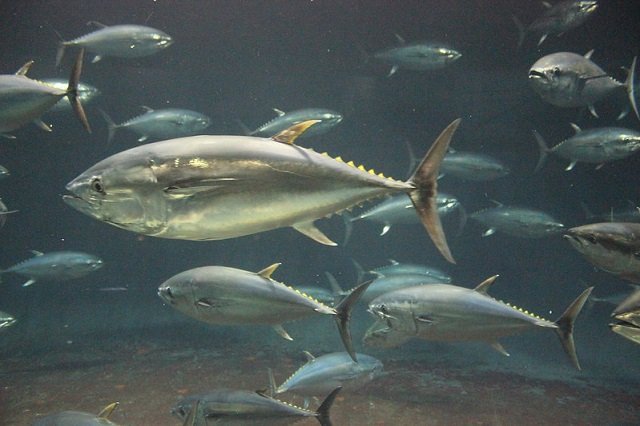Philippines.- Mud crab farming has long been established in the Philippines. In fact, the country is the second top producer in the world. As most mud crab farmers rely for crab seeds from the wild, reduced landings and mean capture size are being experienced by farmers due to overexploitation. To address this, mud crab farmers raise crabs in hatcheries.
To further increase hatchery-reared mud crabs in the country, a project funded by the Philippine Council for Agriculture, Aquatic and Natural Resources Research and Development of the Department of Science and Technology (DOST-PCAARRD) promoted mud crab hatchery and nursery technologies in Aklan State University (ASU), Zamboanga State College of Marine Sciences and Technology (ZSCMST), and the Tagum local government unit (LGU) in Davao del Norte.
The project, “Promotion of Mud Crab Hatchery and Nursery Technologies in Selected Sites,” is implemented by the Aquaculture Department, Southeast Asian Fisheries Development Center (SEAFDEC/AQD) and is part of the National Mud Crab Science and Technology Program.
ASU, ZSCMST, and Tagum LGU have existing hatchery facilities, laboratories, or pond facilities. A memorandum of agreement (MOA) to adopt the mud crab hatchery operation was signed between SEAFDEC/AQD and the three entities mentioned.
Under the agreement, ASU, ZSCMST, and Tagum LGU underwent training courses on mud crab hatchery and nursery operations. The training courses tackled mud crab hatchery, nursery, and grow-out operations. The three collaborators also underwent practical sessions on natural food culture, broodstock management, larval rearing from zoea to megalopae, nursery rearing, and other activities involved in the hatchery, nursery, and grow-out operations.
Improving the hatchery facility of ASU and ZSCMST
To guide the ASU staff in the hatchery, a SEAFDEC/AQD technician was detailed for two hatchery and nursery trials. The trials recorded a survival rate at larval stage of 80-85 percent in the hatchery phase and 66-76 percent in the nursery phase.
The crab juveniles produced from the nursery phase were stocked in the nearby grow-out ponds for culture to market size. Some of the market size females produced were used as broodstock for the hatchery.
Stay Always Informed
Join our communities to instantly receive the most important news, reports, and analysis from the aquaculture industry.
On the other hand, faculty, research staff, and students of Fisheries and Aquaculture course of ZSCMST, and crab traders and growers in the area were trained on natural food culture. Same with ASU, a SEAFDEC/AQD technician was detailed in the college’s hatchery.
Multi-species hatchery in Tagum
A new multi-species hatchery for mud crab culture was constructed in the Tagum LGU. Technical assistance for one run was provided by a SEAFDEC/AQD technician. Both S. serrata and S. olivacea are being used for seed production, wherein the crablets of the latter are intended to be used in the soft-shell crab farm. The soft-shell crab farm was also set up in Tagum.
Once the project is concluded, SEAFDEC/AQD will continue to provide assistance to the three collaborators.
Source: PCAARRD
Editor at the digital magazine AquaHoy. He holds a degree in Aquaculture Biology from the National University of Santa (UNS) and a Master’s degree in Science and Innovation Management from the Polytechnic University of Valencia, with postgraduate diplomas in Business Innovation and Innovation Management. He possesses extensive experience in the aquaculture and fisheries sector, having led the Fisheries Innovation Unit of the National Program for Innovation in Fisheries and Aquaculture (PNIPA). He has served as a senior consultant in technology watch, an innovation project formulator and advisor, and a lecturer at UNS. He is a member of the Peruvian College of Biologists and was recognized by the World Aquaculture Society (WAS) in 2016 for his contribution to aquaculture.




